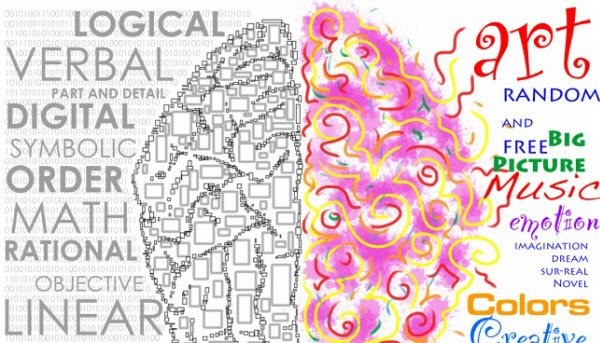Art, an infectious combination of creativity and expressions, has far-reaching implications beyond its pleasing appearance, serving as a key to releasing intellectual growth and thinking progress. This inconspicuous association between participation in creativity and development of thought is not only intriguing, but also profoundly affecting. We discover how art refines creative thinking, sharpens observational capacities, and enhances mental capacity through delving into the art forms from painting, sculpture, music, and more. This expedition illustrates the powerful effect of creative pursuits on memory, learning, and even mental wellness, whether via creation or enthusiasm of art. While we check these aspects, we acquire a better understanding of how incorporating art into our daily lives and educational institutions may considerably enhance our intellectual capacity. The purpose of this article is to highlight the significant yet frequently underrated impact of art in cultivating a smarter, broader-minded, and emotionally attentive society.
Art as a Catalyst for Creative Thinking
Art support inventive problem-solving and creative thinking. Engaging in artistic pursuits often requires individuals to think outside the box, enhancing their creative thinking skills. They can apply this ability across various aspects of life, fostering inventive solutions in numerous specific situations.

Enhancing Observational Skills and Attention to Detail
An exceptional eye for detail is needed in the arts. Art permits the brain to pay closer attention, whether it’s to the delicate flow of light in a painting or the meticulous patterns in a sculpture. This bumped attention to detail can be a tool to significantly improve cognitive ability in domains requiring accuracy and careful observation.
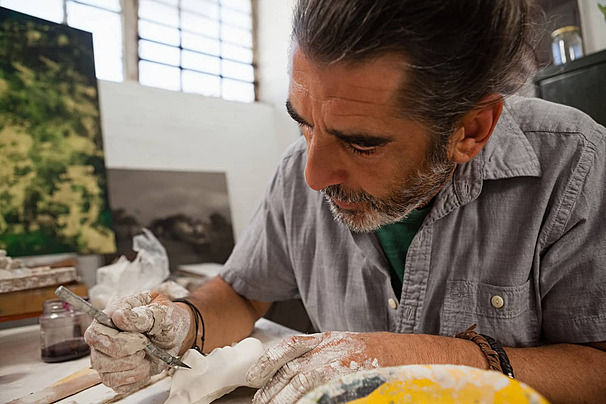
Art and Emotional Intelligence
Art active involvement contains not only cognitive but also emotional processing. Comprehending art’s emotions can enhance emotional intelligence. This leads to better interpersonal skills and self-awareness. The Impact of Art on Memory and Learning
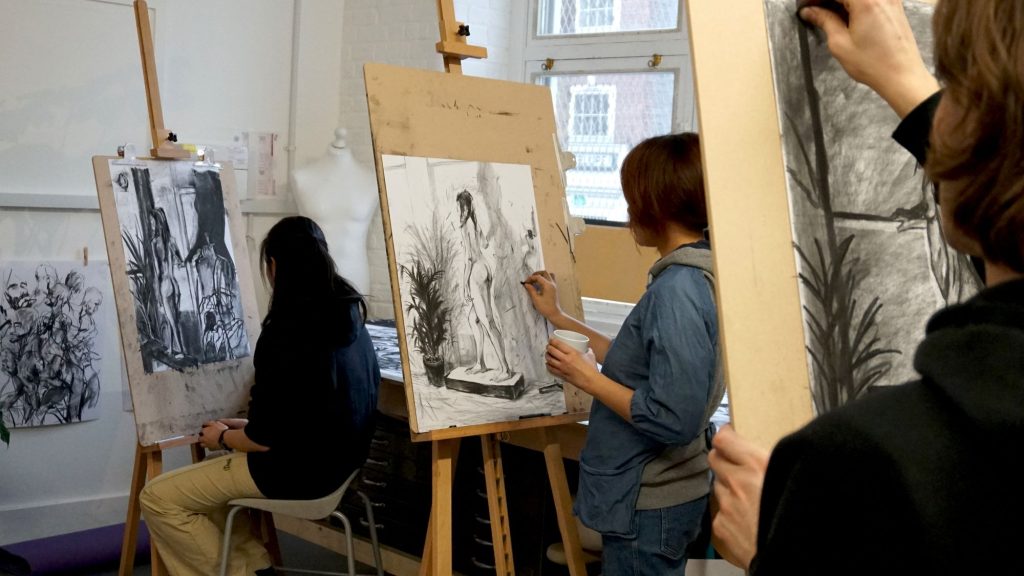
The Impact of Art on Memory and Learning
Studies have proven that art strengthens memory and learning. Drawing or sketching a creative concept, for example, could help to cement in its memory considerably better than writing it down. Similarly, visiting museums and engaging with different types of artwork may help to expand one’s historical and cultural comprehension.
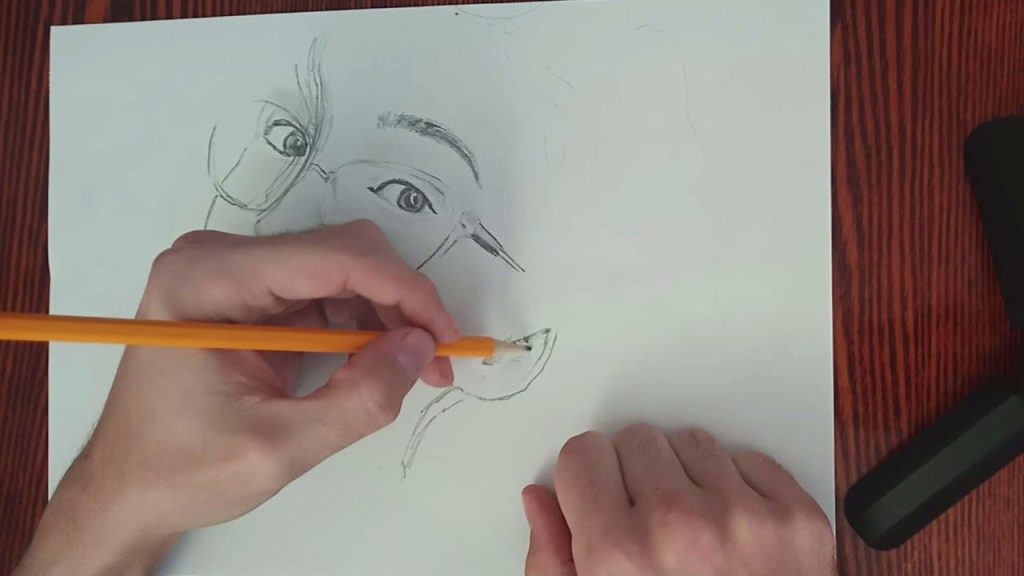
Art Therapy and Cognitive Development
Long acknowledged, art therapy successfully improves thinking and aids in rehabilitation. It contributes to the development of motor skills, enhancement of attention, and rehabilitation of cognitive difficulties. Mental health which is necessary for overall intellectual wellness, may also be improved through art therapy.
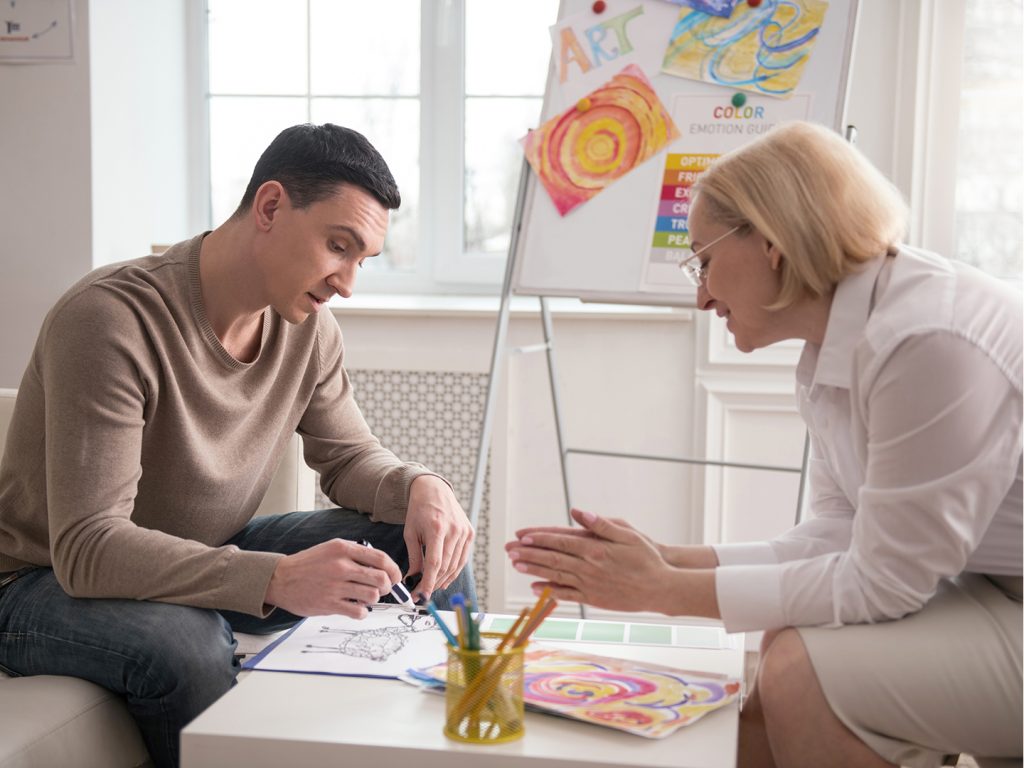
Art in Educational Settings
Art in education may have an enormous effect on learning and intelligence. Students’ academic achievement and creativity generally increase when arts are integrated into the curriculum. This all-encompassing approach to schooling fosters intellectual development.
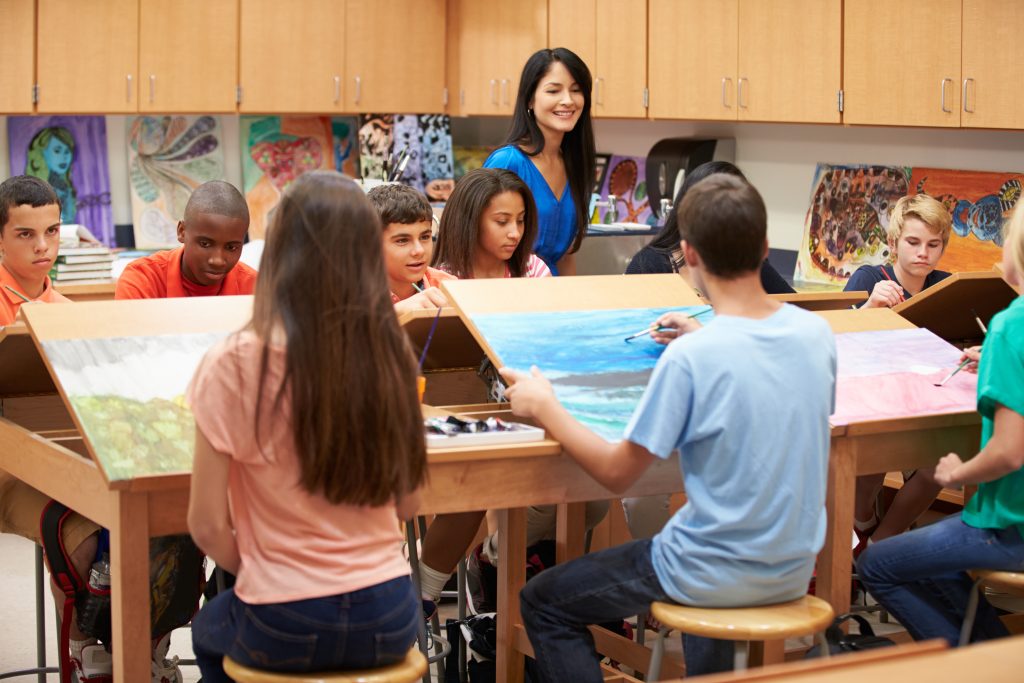
In its simple form, art is a potent catalyst for emotional and intellectual growth. It promotes creative thinking, improves observation abilities, and boosts memory and learning. Individuals may acquire a greater understanding of themselves and their surroundings via the medium of art. Students’ performance and imagination improve significantly in schools and educational systems that include art into their curriculum. Art therapy provides distinct benefits in psychological development and rehabilitation, emphasizing art’s capacity for therapy. Finally, appreciating art into our daily lives, we open the door to limitless opportunities for intellectual and personal growth.

